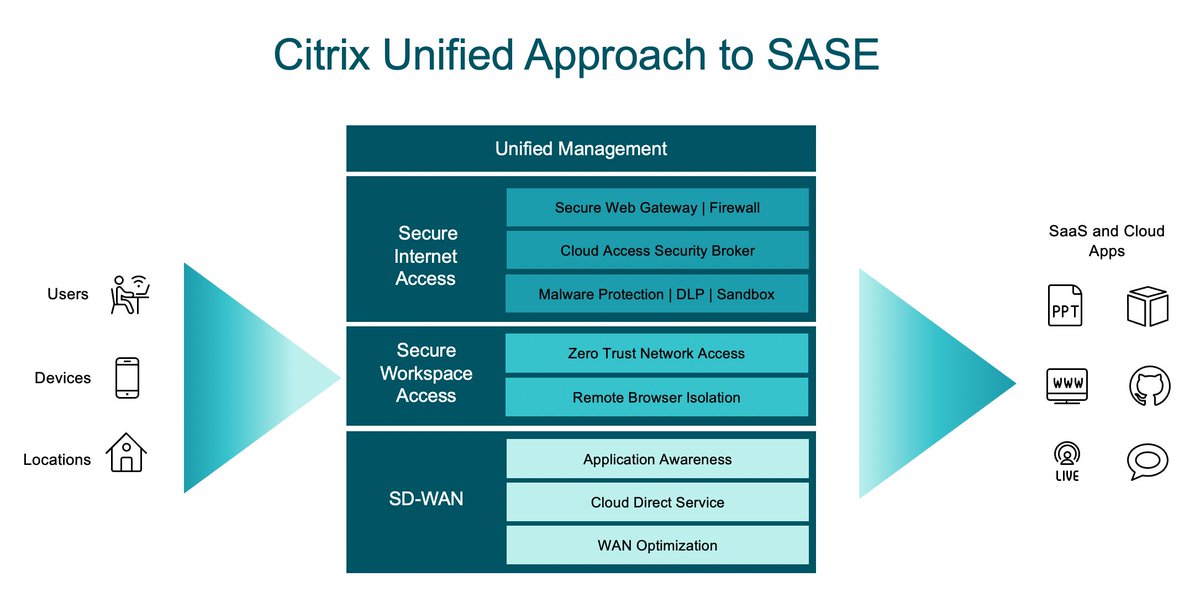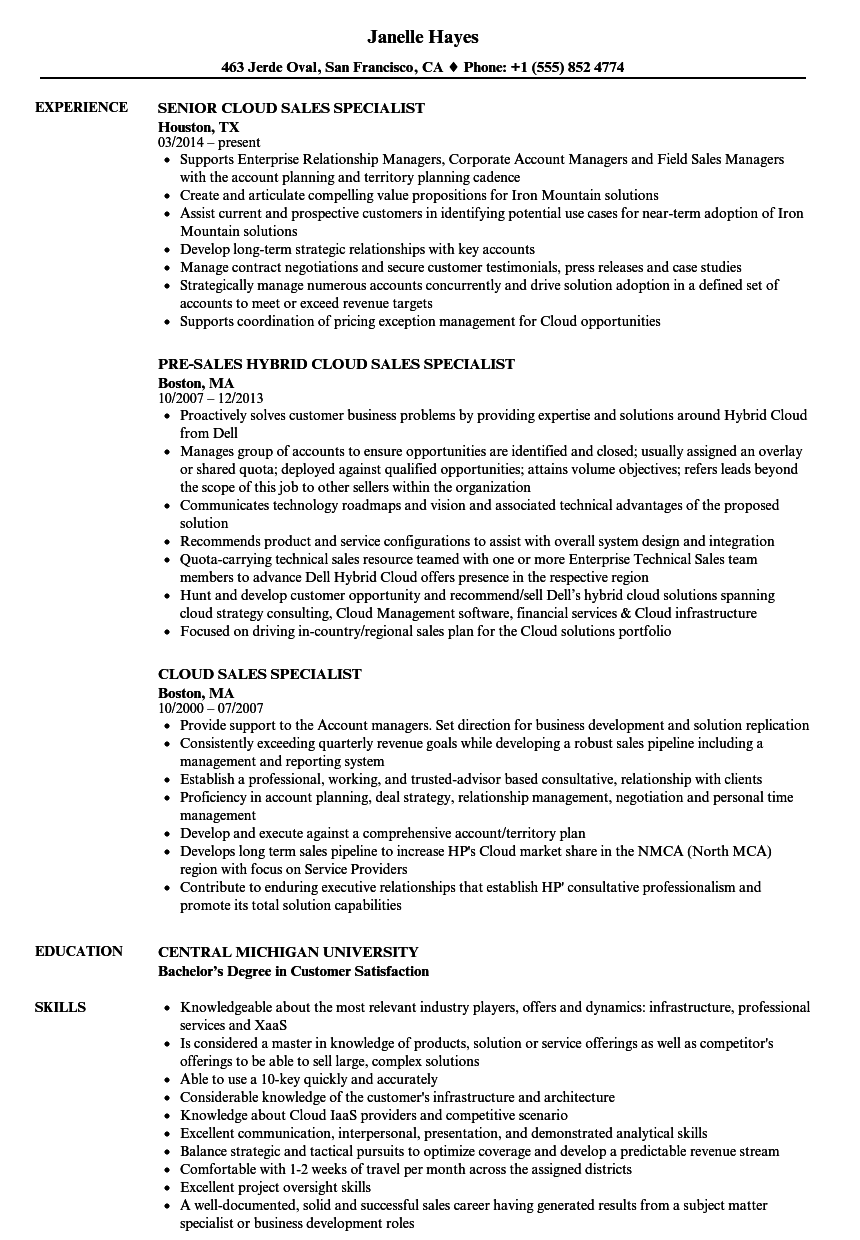I don’t know of anyone who likes road construction, especially road construction that sends you on a multi-mile detour you around the construction. Detours are not as efficient as the direct route. They take more time for you to get to your destination.
- Citrix Cloud Direct Access
- Citrix Cloud Direct Connect
- Citrix Cloud Director Reports
- Citrix Cloud Direct Login
- Citrix Cloud Direct Login
With intelligent, cloud-delivered security, Citrix Secure Internet Access enables your users to access applications using direct internet access (DIA) without compromising on performance. Protect every user, including remote and mobile users, against all threats—with the simplicity and scale of a single solution. Citrix Cloud as the name suggests, is a cloud-based management facility that unites all of Citrix’s leading technologies and services into a single management and delivery platform. In essence, Citrix Cloud provides a single, standardized approach across all of Citrix’s technologies to provide. Citrix Director is a management console in the XenDesktop and XenApp virtualization platforms that allows administrators to control and monitor virtual desktops and applications. With the Citrix Director console, information technology (IT) administrators can view XenDesktop and XenApp session details, disconnect or restart sessions, view. To be able to leverage the full capabilities of the Workspace App, it needs direct access to the Workspace experience service, which will be part of all other cloud services offered by Citrix—this is what takes care of the resource aggregation highlighted earlier. Virtual Apps & Desktop Service is the direct match to the on-prem deployment, but like on-premises there are options for workspace bundles in the cloud to include other services such as endpoint management, Citrix files etc.
We will usually get the best experience if we can take the most direct route.
Let’s turn our attention to cloud and Citrix Virtual Apps and Desktops Service.
I’ve often highlighted the benefits of using the Gateway cloud service. You might have seen me use this diagram before where I highlight the value the service provides:
Using the Gateway Service greatly simplifies our deployment. But there is one thing that always bugged me with the model… the internal user.
When a user (internal or external) establishes a connection to an internal virtual desktop/app, they must go through the Gateway Service, as shown in the following diagram.
Although this does work, my biggest concern is that we are creating a detour for the user. Although there are numerous Points of Presence (PoPs) for the Gateway Service to try and minimize the latency, the overall connection is not the most optimized because we are sending an internal user to an external cloud service to reach an internal virtual desktop/app.
This adds latency.

Latency is the path to the unhappy users. Latency leads to frustration. Frustration leads to anger. Anger leads to suffering.

A better approach is the direct approach as shown:
Internal users make direct connections to the virtual desktop/app instead of being forced to go external and route through the Gateway Service.
So how does Workspace know that you are an internal user? By the user’s public IP address.
I said public IP address and NOT end point IP address. This is extremely important.
If direct connection decisions were based on the end point IP address we would quickly run into trouble. How many of us use a internal-only IP address scheme (192.168.0.0, 172.16.0.0, and 10.0.0.0)? If my home internal IP address scheme is the same as the organization’s internal network address scheme, Workspace would think I’m internal and bypass the Gateway Service, resulting in failed connections.
But instead, the direct connection decisions are based on the public IP address.
When identifying which locations can use the direct route, it might be obvious but it still needs stating; users within those locations MUST be able to make a direct connection to the VM.
To set this up in your Citrix cloud environment, you can use the Citrix article: Optimize connectivity to workspaces with Direct Workload Connection.
Adobe story download mac. Daniel (Twitter: @djfeller)
Prerequisites


Citrix Cloud Direct Connect
There are no prerequisites.
Installing Better than slack.
No installation is required. Simply copy the Cloud Connector Connectivity Check files to any desired location on the system and execute from there. There is one required executable file (Cloud Connector Connectivity Check.exe) and 3 optional DLL libraries. If the option to report anonymous usage statistics via Google Analytics was selected, then the 3 Google Analytics DLLs are also required – otherwise they are not needed. All binaries need to exist within the same directory (folder):
- Cloud Connector Connectivity Check.exe
- If chosen to opt-in to CSEIP (customer service experience improvement program) anonymous usage statistics reporting, then the following DLLs are also required:
- GoogleAnalyticsAPI.dll
- GoogleAnalyticsTracker.Core.dll
- GoogleAnalyticsTracker.Simple.dll
Citrix Cloud Director Reports
NOTE – participation in CSEIP is optional and the preference may be changed at any time via the Tools à Options menu in the app.
How to Use
To run the tool, right-click on the Cloud Connector Connectivity Check.exe executable and click on ‘Run as Administrator’.
- If this is the first time running the app, you will get asked to participate in the Citrix Customer Service Experience Improvement Program (CSEIP) – which is essentially just asking if it’s OK to collect anonymous usage statistics via Google Analytics to improve features of the app. If you disagree, simply choose ‘I do not agree’ and click ‘Save’ and/or close the dialog
- The main app Window will then appear. By default, the tool will show the current proxy configuration for Internet Explorer and the default system-wide settings
- Since the cloud connector services can only read the system-wide settings, we need to make sure the system-wide settings are set
- The tool will allow the administrator to either:
- Import the existing proxy settings from Internet Explorer, (via the Import IE Proxy Settings button)
- Or the system-wide settings can be set explicitly using the Set Proxy Config button (and corresponding fields)
- In addition to setting proxy settings, the tool can be used as a connectivity check utility
- To import the proxy settings from IE, simply click the Import IE Proxy Settings button and follow the prompts to confirm
- To explicitly set the system-wide proxy settings, manually enter the Proxy List and Bypass List details into the corresponding text fields, then click the Set Proxy Config button (*Follow the example recommendations above the text fields*)
Citrix Cloud Direct Login
The tool will display the updated proxy configuration automatically.
- Click the Add Citrix Trusted Sites button to add any missing Citrix trusted sites to the trusted sites internet zone
- For Connectivity Checks, click the Run Tests button to execute a basic set of checks against the proxy configuration
- The following URLs are checked:
- https://*.citrixdata.com
- https://*.sharefile.com
- https://browser-release-a.azureedge.net
- https://browser-release-b.azureedge.net
- https://agenthub.citrixworkspacesapi.net/*/ping
- https://trust.citrixworkspacesapi.net/*/ping
- https://registry.citrixworkspacesapi.net/*/ping
- https://cws.citrixworkspacesapi.net/*/ping
- https://cwsproduction.blob.core.windows.net/downloads/
- https://dl.cacerts.digicert.com/DigiCertAssuredIDRootCA.crt
- https://dl.cacerts.digicert.com/DigiCertSHA2AssuredIDCodeSigningCA.crt
- The following URLs are checked:
- Optionally, export the existing proxy configuration to be imported in another Cloud Connector
Security Permissions Required by CCProxyCheck
Admin permissions are required to set the proxy configuration (i.e. corresponding registry settings associated with the API calls made by the tool). Therefore, the tool has to be run as administrator.
Data Modified by the tool
- The Cloud Connector Connectivity Check tool utilizes a registry subkey to store persistent application data, under: HKEY_CURRENT_USERSoftwareCitrixCCProxyCheck
- The tool uses the Microsoft Windows API to set the proxy configuration and trusted sites configuration – these APIs in turn may indirectly change the system registry, but the tool does not directly modify the registry outside of the location listed above.
How to Undo the Changes/ Uninstall CCProxyCheck Tool
- Restore the intended proxy configuration with the tool before proceeding
- Delete the files associated with the application
- Delete the following registry subkey: HKEY_CURRENT_USERSoftwareCitrixCCProxyCheck
Contact Information
Questions? Concerns? Send any feedback for this tool to supporttools@citrix.com.
Iodine: Symbol: I: Atomic Number: 53: Atomic Mass: 126.90447 atomic mass units: Number of Protons: 53: Number of Neutrons: 74: Number of Electrons: 53: Melting Point: 113.5° C: Boiling Point: 184.0° C: Density: 4.93 grams per cubic centimeter: Normal Phase. Iodine, isotope of mass 123, at. Molecular Weight. Mass numbers of typical isotopes of Iodine are 127. The total number of neutrons in the nucleus of an atom is called the neutron number of the atom and is given the symbol N. Neutron number plus atomic number equals atomic mass number: N+Z=A. Iodine mass number. Element Iodine (I), Group 17, Atomic Number 53, p-block, Mass 126.904. Sources, facts, uses, scarcity (SRI), podcasts, alchemical symbols, videos and images. Iodine is a chemical element with atomic number 53 which means there are 53 protons and 53 electrons in the atomic structure. The chemical symbol for Iodine is I. Atomic Mass of Iodine Atomic mass of Iodine is 126.90447 u.
Citrix Cloud Direct Login
Disclaimer
These software applications are provided to you as is with no representations, warranties or conditions of any kind. You may use and distribute it at your own risk. CITRIX DISCLAIMS ALL WARRANTIES WHATSOEVER, EXPRESS, IMPLIED, WRITTEN, ORAL OR STATUTORY, INCLUDING WITHOUT LIMITATION WARRANTIES OF MERCHANTABILITY, FITNESS FOR A PARTICULAR PURPOSE, TITLE AND NONINFRINGEMENT. Without limiting the generality of the foregoing, you acknowledge and agree that (a) the software application may exhibit errors, design flaws or other problems, possibly resulting in loss of data or damage to property; (b) it may not be possible to make the software application fully functional; and (c) Citrix may, without notice or liability to you, cease to make available the current version and/or any future versions of the software application. In no event should the code be used to support of ultra-hazardous activities, including but not limited to life support or blasting activities. NEITHER CITRIX NOR ITS AFFILIATES OR AGENTS WILL BE LIABLE, UNDER BREACH OF CONTRACT OR ANY OTHER THEORY OF LIABILITY, FOR ANY DAMAGES WHATSOEVER ARISING FROM USE OF THE SOFTWARE APPLICATION, INCLUDING WITHOUT LIMITATION DIRECT, SPECIAL, INCIDENTAL, PUNITIVE, CONSEQUENTIAL OR OTHER DAMAGES, EVEN IF ADVISED OF THE POSSIBILITY OF SUCH DAMAGES. You agree to indemnify and defend Citrix against any and all claims arising from your use, modification or distribution of the code.
